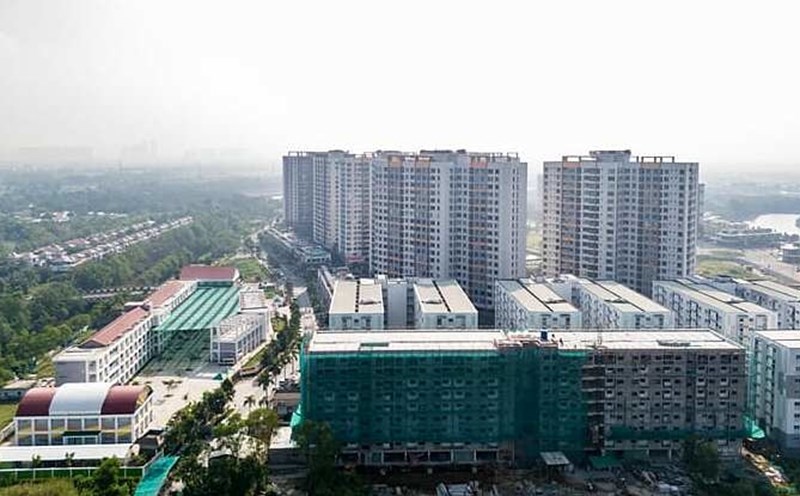Economic growth has many bright spots
By the end of the third quarter of 2024, Vietnam's economy has recovered relatively well amid optimism about the overall growth of the world economy in late 2024 and 2025. GDP growth after 9 months reached 6.82%, 1.5 times higher than the 4.4% in the same period last year, with the main contribution from the industrial and service sectors.
At the seminar "Policy Dialogue: Growth recovery - prospects and challenges", Mr. Nguyen Quoc Viet - Deputy Director of Institute of Economic and Policy Research (VEPR) analyzed in detail on the aggregate demand side, trade is on the recovery track and positive FDI capital flows are the main growth drivers.
Import and export of goods increased faster than expected, with total import and export turnover reaching 578.5 billion USD, up 16.3% over the same period, with a trade surplus of 20.8 billion USD - a fairly positive trade surplus in the period 2020 - 2024.
However, consumer spending remains below pre-pandemic levels and inflationary pressures in the first half of 2024 also dampen capital growth.
State budget revenue exceeded the plan, while public spending decreased compared to the same period in 2023, leading to a continued high budget surplus, creating room for continued fiscal policies in 2024 such as tax exemption, extension, and reduction policies, especially in the context of industries and sectors suffering damage from Typhoon Yagi.
Trade grew positively, FDI capital reached a record high, tourism recovered strongly, the USD exchange rate at domestic commercial banks has continuously decreased, with the price much lower than the ceiling set by the State Bank of Vietnam (SBV). The growth rate of money supply and credit growth recovered quite well, contributing positively to promoting growth and investment, although still lower than the average before the Covid-19 pandemic.
The State Bank of Vietnam has continued to implement relatively successful flexible monetary policies in the recent period to reduce shocks and intervene in liquidity, helping to lower interest rates and support capital costs for the economy without having to intervene in operating interest rates.
Forecasting 2 growth scenarios
Although the economy has many positive bright spots, the Deputy Director of the Institute for Economic and Policy Research warned that there are still risks and challenges ahead.
Mr. Nguyen Quoc Viet said that the purchasing management index (PMI) decreased and fell below 50 points in September. The rate of enterprises withdrawing compared to enterprises entering the market is still high. Domestic consumption and public investment disbursement have not met expectations.
Looking further, the trend of global economic and political fragmentation and extreme weather events due to climate change may cause external demand to decline. Cost-push makes export competitiveness and the ability to participate more deeply in the global value chain face many challenges.
Meanwhile, input factors in production face many barriers as well as difficulties in transforming the growth model, innovating the business environment and reforming institutions. Although some progress has been made, it is still slow, posing many risks in investment and business, discouraging the domestic and foreign business community.
In the context of mixed advantages, difficulties and challenges, VEPR proposed two high and low scenarios. With the high scenario, growth in the fourth quarter will be flat at 7.4%, and growth for the whole year of 2024 is expected to reach the new target of 7.0% set by the Government for 2024. With the low scenario, growth in the fourth quarter will be below 7%, and growth for the whole year of 2024 is forecast to fluctuate around 6.84%.











